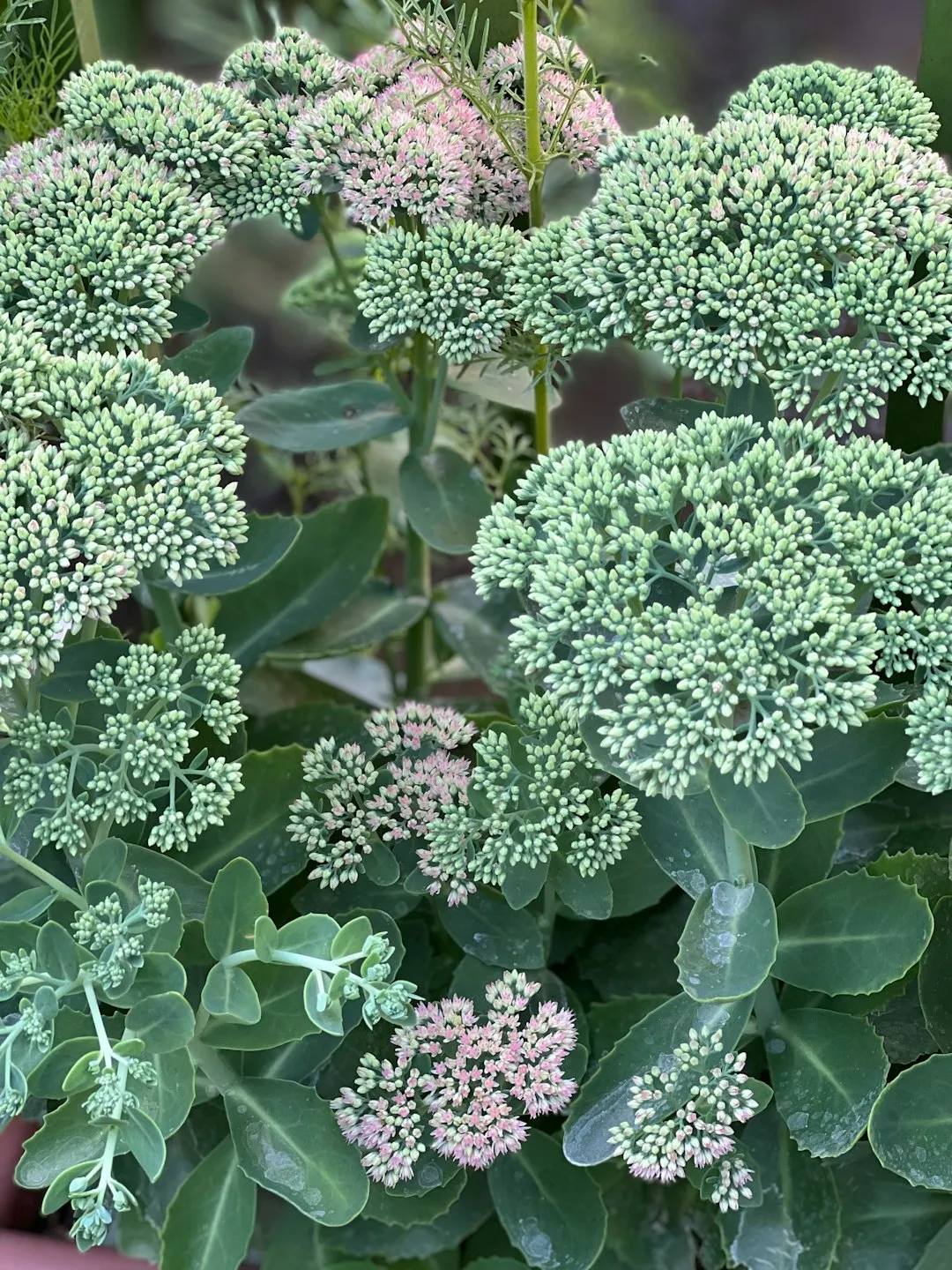Unveiling the Wonders of Fiber - Optic Grass in Annuals Gardening

Annuals gardening is a delightful endeavor that allows enthusiasts to bring a splash of color and life to their outdoor spaces year after year. Among the many charming plants that can be incorporated into an annuals garden, fiber - optic grass stands out as a unique and captivating choice. This warm - climate evergreen plant has a special affinity for water, making it an excellent addition to gardens near ponds, streams, or in areas with high moisture levels.
Fiber - optic grass, scientifically known as Isolepis cernua, is native to South Africa. Its name is derived from its appearance, which closely resembles fiber - optic cables. The thin, hair - like stems of the plant grow upright and then arch gracefully at the tips, creating a soft, wispy effect that is truly enchanting. The stems are typically a bright green color, adding a fresh and vibrant look to any garden setting.
One of the key aspects of successfully growing fiber - optic grass is understanding its environmental requirements. As a warm - climate plant, it thrives in USDA hardiness zones 8 - 11. In regions with colder climates, it can be grown as an annual or in containers that can be moved indoors during the winter months. Fiber - optic grass loves full sun to partial shade. In full sun, it will produce more compact and upright growth, while in partial shade, the stems may be a bit more lax and the plant will have a more delicate appearance.
Water is the lifeblood of fiber - optic grass. It prefers consistently moist soil and is well - suited for boggy areas or the edges of water features. When planting fiber - optic grass, it's important to choose a location where the soil retains moisture well. If you're growing it in a container, make sure to use a potting mix that holds water and water the plant regularly to keep the soil damp. However, be careful not to over - water to the point of waterlogging, as this can lead to root rot.
Soil quality also plays a crucial role in the growth of fiber - optic grass. It does best in rich, loamy soil that is slightly acidic to neutral. You can amend the soil with organic matter such as compost or well - rotted manure before planting to improve its fertility and drainage. This will provide the plant with the necessary nutrients to grow strong and healthy.
Propagation of fiber - optic grass can be done through division or by sowing seeds. Division is best done in the spring or early fall. Simply dig up the clump of grass and separate it into smaller sections, making sure each section has a good amount of roots. Replant the divisions in the desired location and water them well. Sowing seeds is another option, but it requires a bit more patience. Sow the seeds in a seed tray filled with moist potting soil and keep them in a warm, bright location. Germination usually takes a few weeks, and once the seedlings are large enough, they can be transplanted into the garden.
In terms of maintenance, fiber - optic grass is relatively low - maintenance. It doesn't require frequent pruning, but you can trim off any dead or damaged stems to keep the plant looking tidy. Fertilizing the plant once or twice a year with a balanced, slow - release fertilizer can help promote healthy growth. However, be careful not to over - fertilize, as this can lead to excessive foliage growth at the expense of the plant's natural form.
Fiber - optic grass can be used in a variety of garden designs. It looks stunning when planted in mass plantings, creating a sea of wispy green that moves gently in the breeze. It can also be used as an accent plant in a mixed border, adding a touch of texture and contrast. In water gardens, it can be planted along the edges to soften the transition between the water and the land. Additionally, it can be grown in containers on patios or balconies, bringing a bit of the outdoors to smaller spaces.
When it comes to pests and diseases, fiber - optic grass is generally quite resistant. However, it can be susceptible to aphids and spider mites, especially in dry conditions. Regularly inspect the plant for any signs of infestation and treat with an appropriate insecticide or insecticidal soap if necessary. Also, make sure to provide good air circulation around the plant to prevent fungal diseases.
In conclusion, fiber - optic grass is a wonderful addition to any annuals garden. Its unique appearance, love for water, and relatively easy care make it a great choice for both beginner and experienced gardeners. By following the essential growing information provided, you can enjoy the beauty of this charming plant in your own garden for years to come.